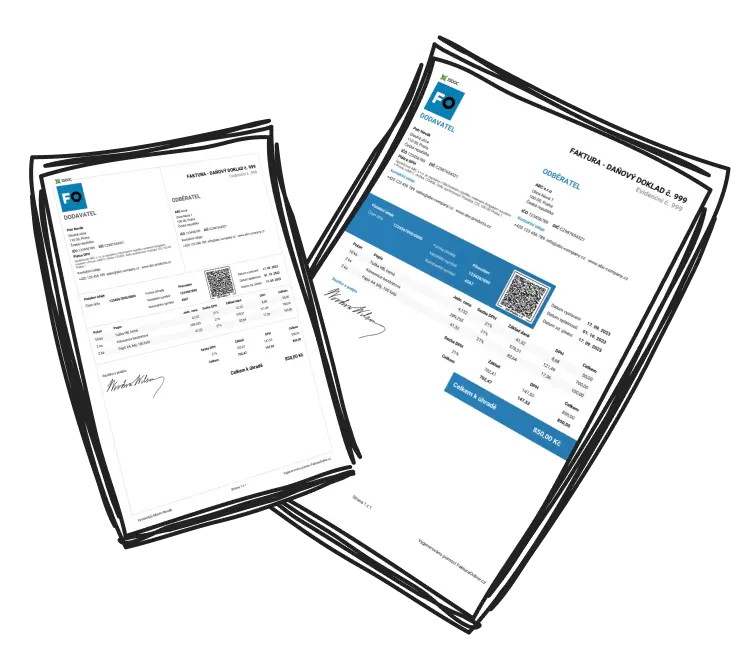Engaging in a digital marketing side gig involves utilising online marketing skills to supplement your main income.
This type of work encompasses tasks like social media management, SEO, pay-per-click advertising, email marketing, affiliate schemes, or selling digital products such as online courses or eBooks. The attraction lies in its flexibility and the potential for scalability. You might work as a freelance consultant for Instagram or assist small businesses with their Facebook ad strategies. The potential earnings are considerable, offering complete autonomy over when you choose to work.
Steps to Launch Your Own Digital Marketing Side Gig
Embarking on your digital marketing side gig in Britain can be straightforward by following these steps:
Master the Fundamentals: Explore skills like SEO, content development, PPC, and social media marketing via free resources including HubSpot Academy, Google Digital Garage, or LinkedIn Learning.
Create a Portfolio: Develop case studies or dummy projects to exhibit your skills on a personal website or LinkedIn profile.
Get on Freelance Platforms: Enrol on platforms such as Fiverr, Upwork, or LinkedIn to offer your marketing services, connect with clients, and initiate projects.
Strategic Networking: Use your personal contacts or specialised communities to attract prospective clients.

Tip
Utilise free resources like HubSpot Academy or Google Digital Garage for skill-building without needing initial investment!
Key Strategies for Expanding Your Side Gig
-
Define Your Niche: Excel in unique areas like managing Pinterest for bloggers or eCommerce SEO to stand out and command higher rates.
Tip: Choose an area that resonates with your interests and expertise to remain engaged and develop proficiency.
-
Consistently Deliver Value: Surpass client expectations to establish trust, win repeat business, and gain recommendations.
Tip: Present comprehensive reports that demonstrate ROI to impress clients with tangible outcomes.
-
Embrace Automation: Use tools like Hootsuite for scheduling social media or ClickFunnels for automating lead generation, thus saving time.
Tip: Automate repetitive tasks to focus your energy on strategic and creative undertakings.
-
Amplify Your Brand: Maintain an online presence by showcasing experiences, utilising case studies and client testimonials on platforms like LinkedIn or a personal website.
Tip: Regularly post content to demonstrate your expertise and attract clientele.
-
Grow judiciously: Delegate minor projects to other freelancers, enabling you to manage larger clients while avoiding burnout.
Tip: Begin with part-time freelancers to keep stress levels manageable.
Potential Earnings from a Digital Marketing Side Gig
Your earnings from a digital marketing side gig in the UK hinge on your skills, the time you can dedicate, and demand for your niche:
New Starters: You can initially earn between £400 and £800 monthly through smaller jobs like managing social media accounts or writing blog content.
Seasoned Professionals: With consistent clients or premium services like managing PPC campaigns, monthly earnings could range from £2,500 to £8,000 or more.
For instance, a part-time social media manager might secure a £800 monthly contract with local enterprises. With growth and experience, dedicated professionals could secure various high-paying clients, transforming the side gig into a £4,000 or greater monthly income. Additionally, selling digital products can be a source of passive revenue.
Indispensable Tools for Running Your Digital Marketing Side Gig
Utilising essential tools is critical for managing your digital marketing side gig effectively and boosting productivity. Here is a list of essential tools:
Project Management: Use Trello or Monday.com to organise tasks and manage deadlines.
Social Media Management: Platforms like Buffer or Hootsuite assist in scheduling and posting.
SEO: Tools like SEMrush, Ahrefs, or Google Analytics aid in improving search visibility and analytics tracking.
Content Creation: Canva assists in crafting graphics, and Grammarly helps ensure spotless content.
Email Marketing: Mailchimp or ConvertKit simplify auto-campaigns and newsletters.
Analytics: Aside from Google Analytics, utilise Hotjar for site insights or Facebook Ad Manager for tracking adverts.
Communication: Maintain seamless client communication with tools like Zoom, Slack, or WhatsApp.

Tip
Consider all-in-one platforms like HubSpot to streamline client management and campaign execution!

